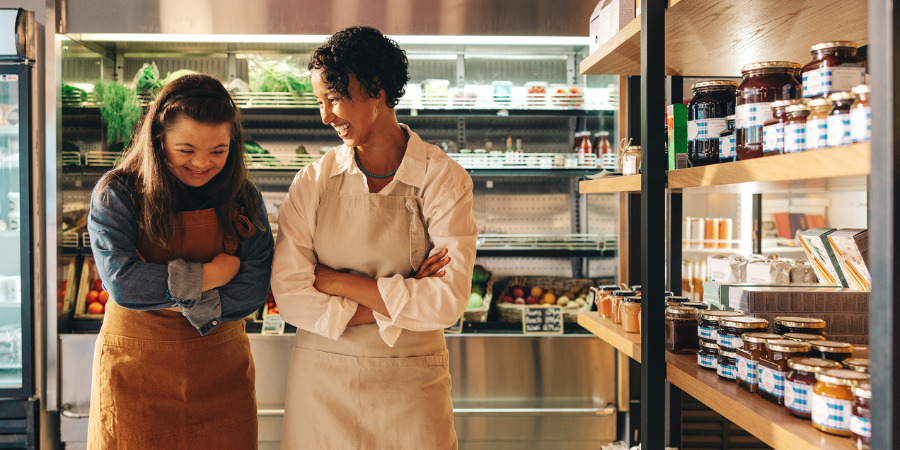Opportunity for social impact investing to change outcomes for disability

Social impact investing could help shift outcomes for Australians with disability by providing the kind of capital support to drive vital innovation, a new report finds.
The What’s the Big Deal for Disability? report, by Social Ventures Australia for The Achieve Foundation, says the sector needs more resources and the flexibility to invest in new ways to achieve the most impact. The partnership between The Achieve Foundation and SVA to help grow the field and explore more fully the opportunities for social impact investing (SII) to contribute to outcomes for people with a disability.
“To shift outcomes for people with disability, there is a need to drive innovation not only within the disability sector but also at the intersection between people with disability and mainstream services and systems,’ the report says.
But there are barriers within the disability sector to a wider uptake of impact investing, as Achieve Foundation Executive Director Kirsty Nowlan says.
“Impact investing is predicated on you getting a return and the sector has not been set up to think commercially,’ she says. “More broadly, we haven’t set up the infrastructure for this… [to happen] This is not a plug in and play…this needs to be built.’’
The Global Impact Investing Network put the global SII market value near $1 trillion in 2020. SII has an important role to play in providing resources to support innovation, especially when there are barriers to other sources of capital.
The report states that for SII to be successful it needs to deliver social and financial returns. And for disability, that means – according to the report – six key areas which will underpin impact investment’s success: leadership from lived experience; quality outcomes data and proven models; investment readiness among investee organisations; availability of interested and aligned investors; and government market facilitation when required.
These six factors are already present in various domains to different degrees for people with a disability – including housing – but the report looks at the potential to expand these factors to employment and technology for service provision.
The report includes 11 recommendations that are linked to the six key areas, and it stresses the essential role of creating a network of impact intermediaries to help deal with the “relative immaturity’ of social impact investment in disability.
“The role of impact intermediaries is particularly important for disability, where the market is relatively underdeveloped, demand is often latent and existing institutions lack the knowledge or capacity to invest effectively,’ the report states.
Kirsty expands on the point: ‘The ecosystem [within the sector] is massively underdeveloped,’ she says. “We need to ensure everyone can be part of this agenda and that there’s universal design for all of us.’’
The role of impact intermediaries is to identify needs, convene partners, build investable products, nurture capacity and build evidence.
“The catalytic function of the intermediary drives progress across factors – particularly investment readiness and proven models. While there are a small number of existing impact intermediaries in Australia, there is an opportunity for additional focus on the unique context facing people with disability and the sector more broadly,’’ the report finds.
Kirsty believes that there is an important role for philanthropy in this new landscape.
“We need a blended approach, relevant to philanthropy, to move things forward…philanthropy can come in and help to build infrastructure and philanthropy can take the disability lens,’’ she says.
The other relevant part of the mix is government, and as the report makes clear, it has an important role. Although the Federal Government is closely identified with the NDIS, the scheme only supports a little more than 10 per cent of Australians with a disability.
“Government definitely needs to play a facilitating role,’’ Kirsty says, ‘’…and the yield from socially beneficial outcomes is, for example, better employment programs that help deliver government savings.’’
The report makes clear that now is a good time to tap into the rapid growth in social impact investing.
“Specialist disability accommodation (SDA) has already attracted huge volumes of SII capital, with potential to become one of Australia’s biggest SII opportunity areas. However, there is a shortage of other investable opportunities in which to direct impact capital. There is potential for SII to play a further role in unlocking opportunities to enable better outcomes for people with disability,’ the report says.
